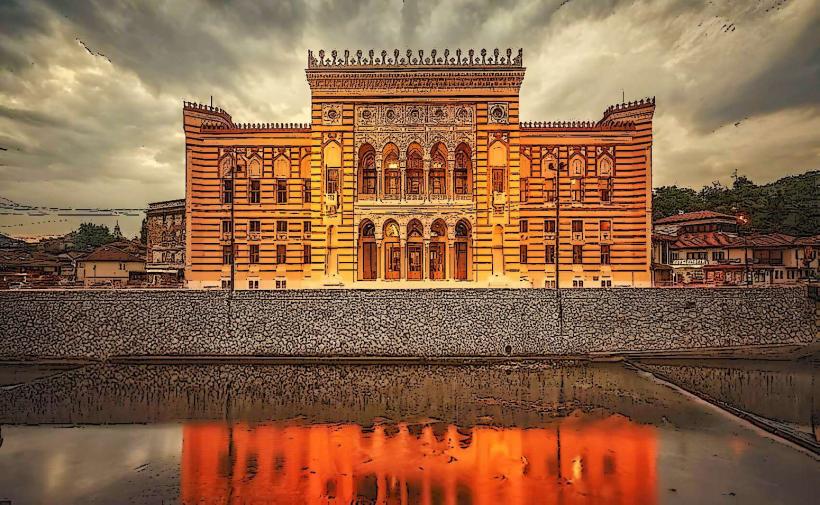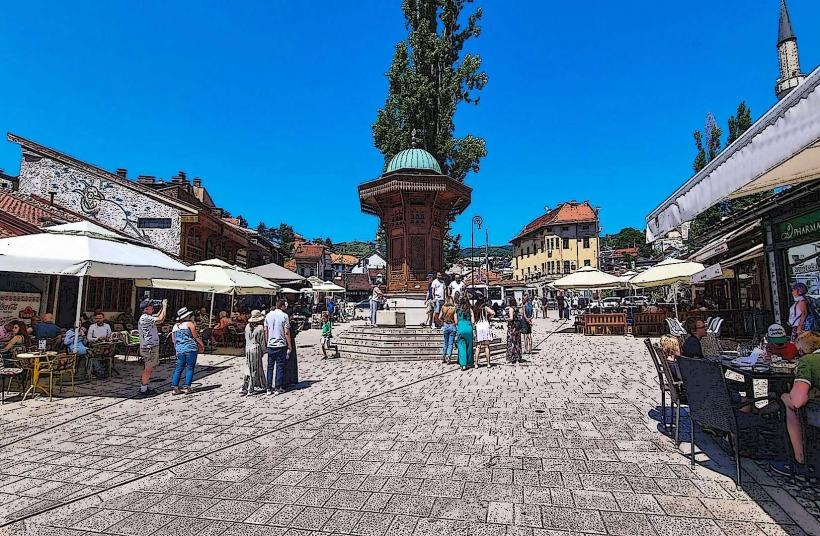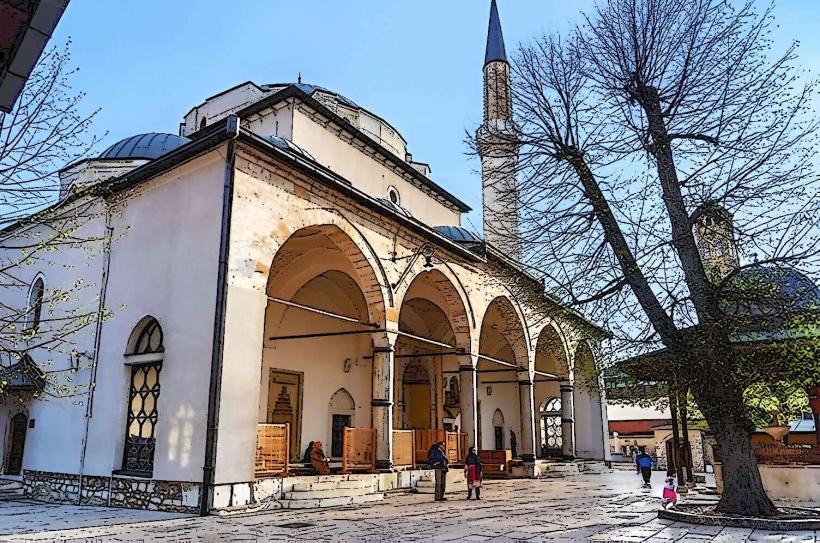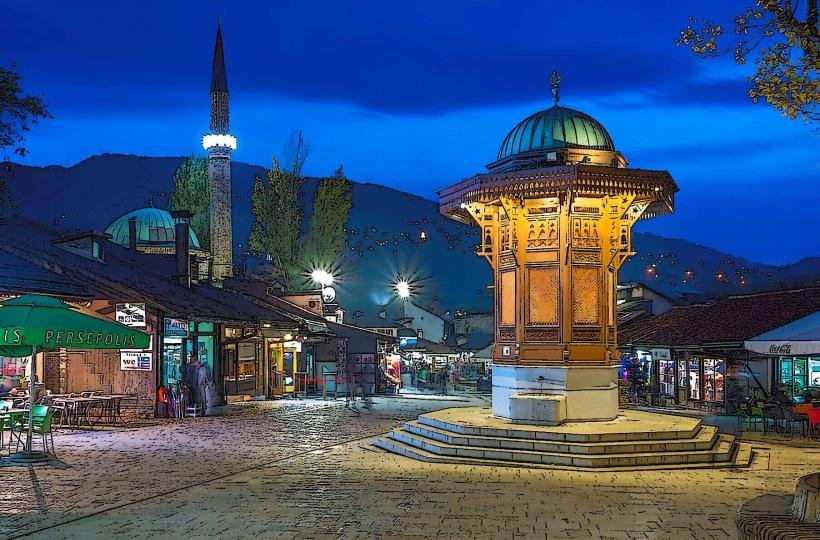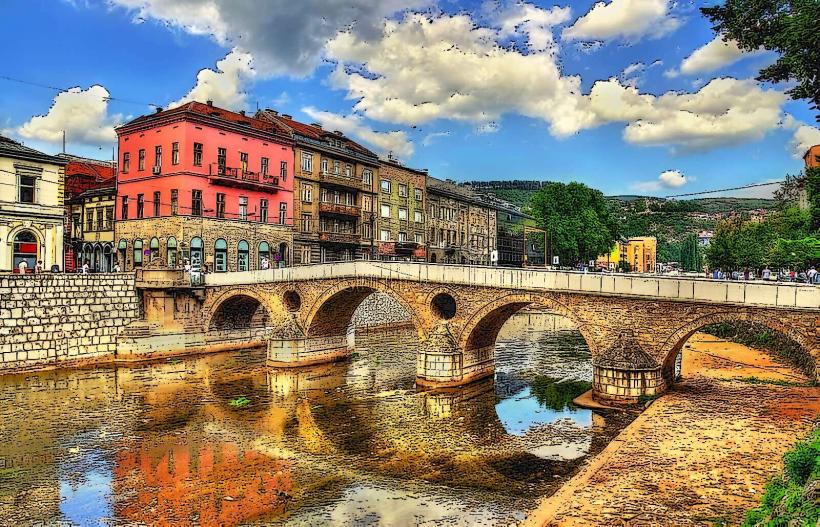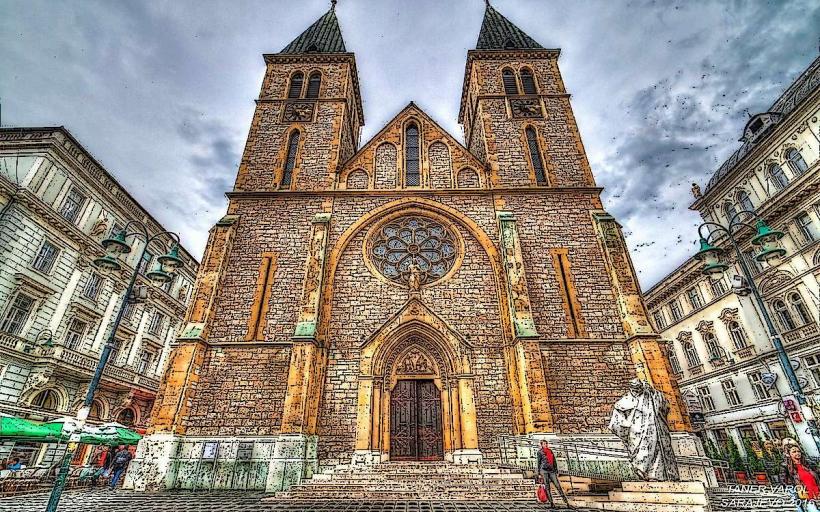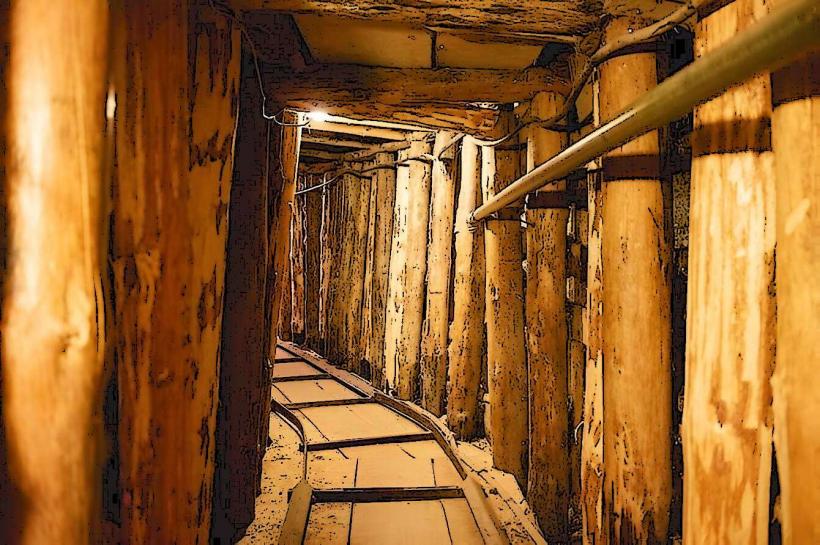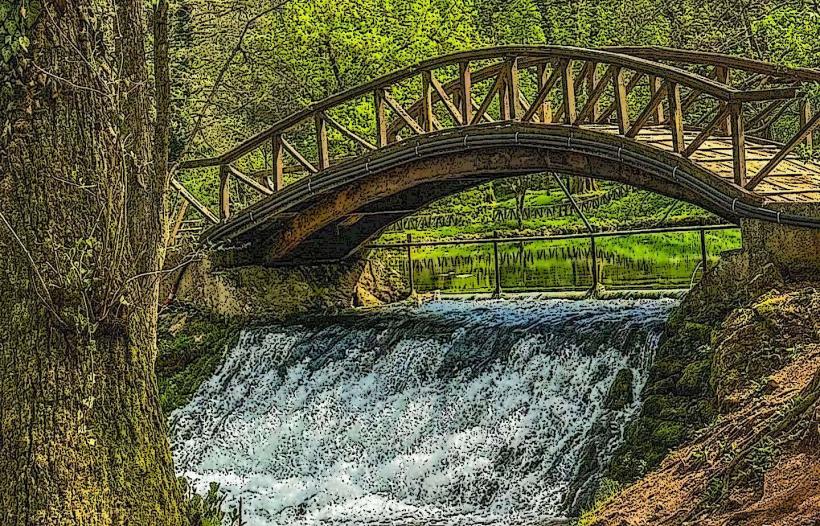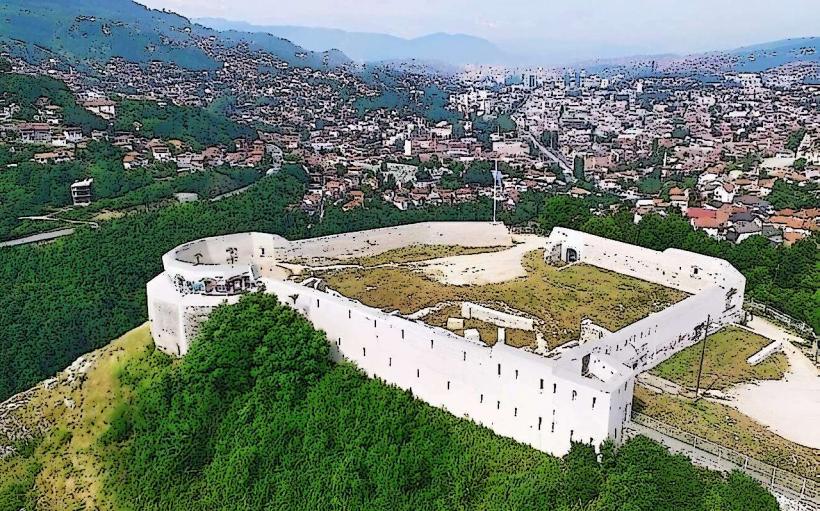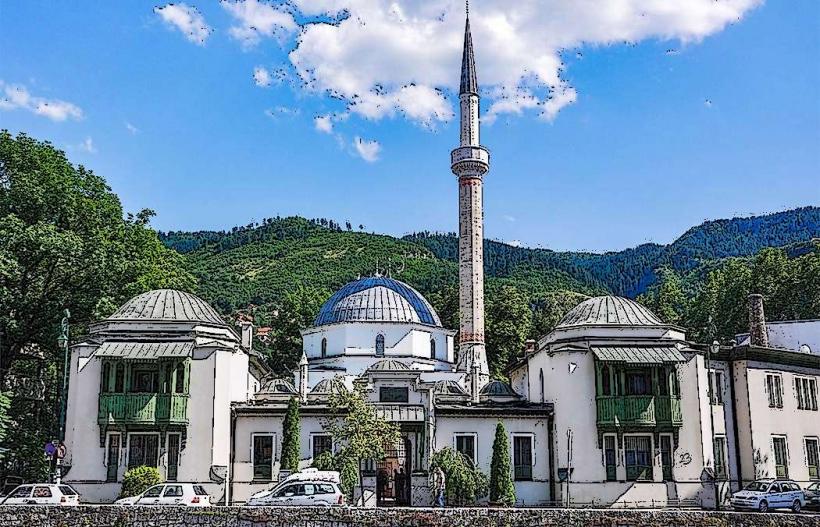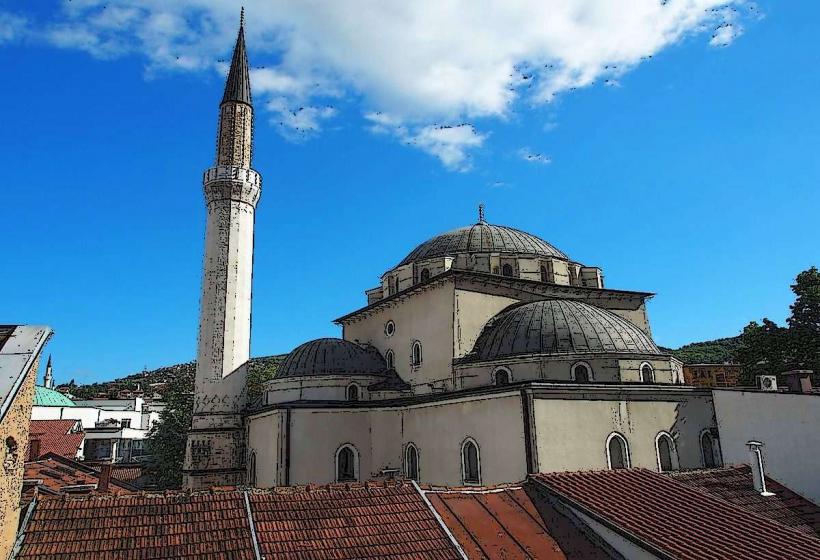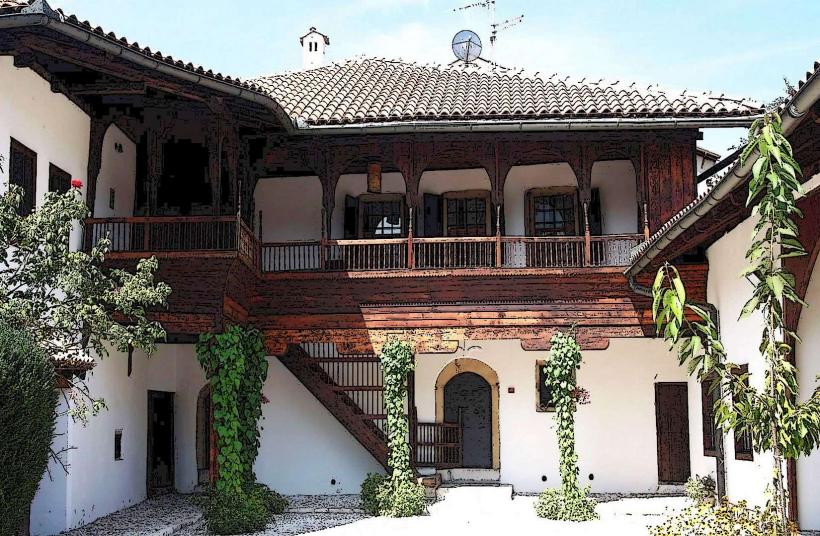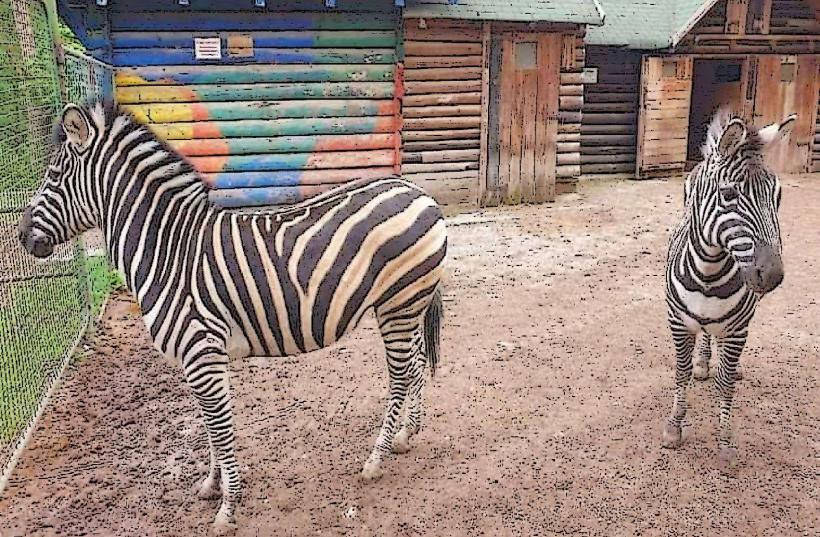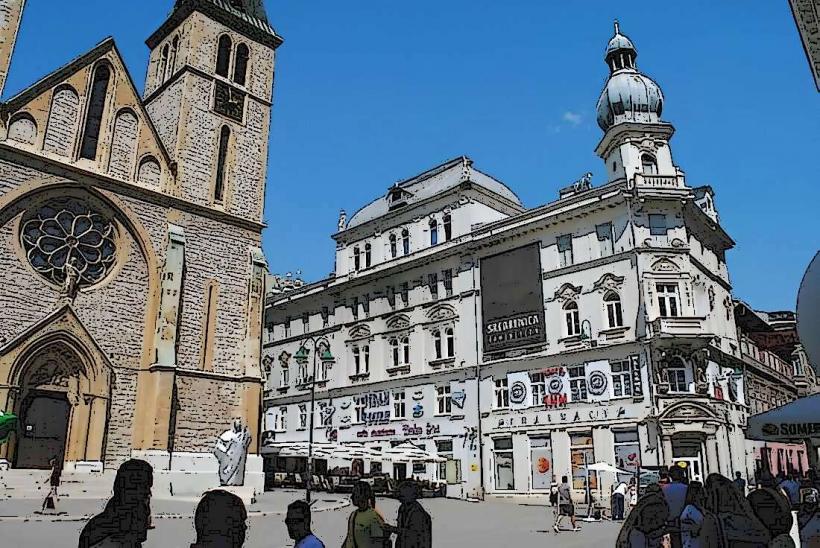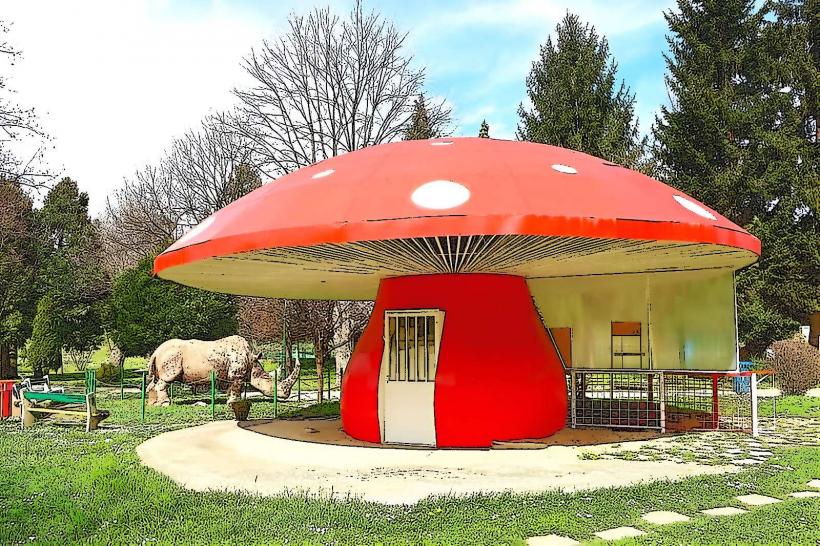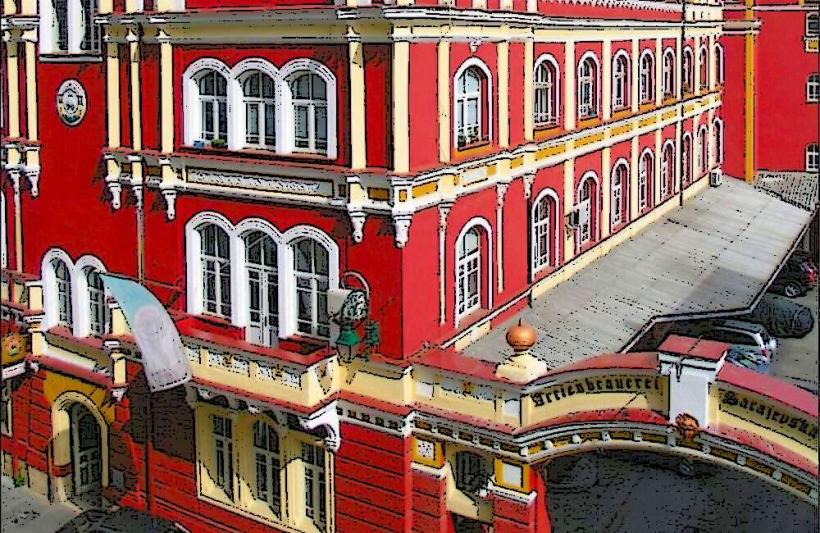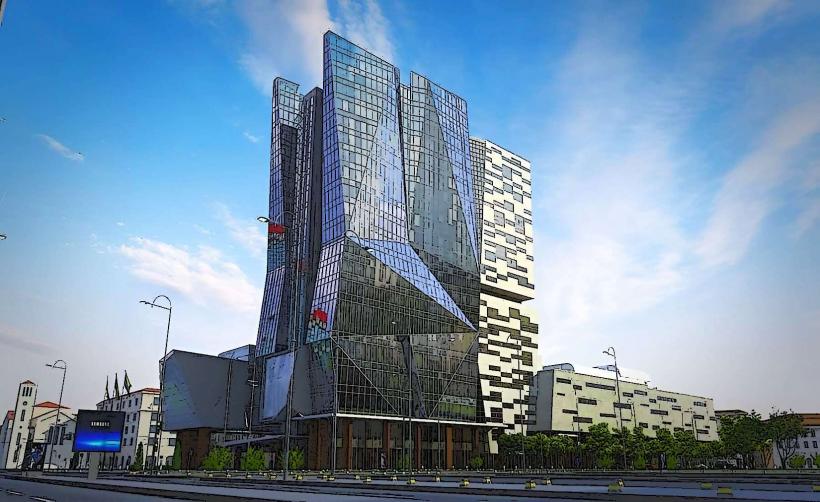Information
Landmark: National Museum of Bosnia and HerzegovinaCity: Sarajevo
Country: Bosnia and Herzegovina
Continent: Europe
The National Museum of Bosnia and Herzegovina (Narodni Muzej Bosne i Hercegovine) is the most prominent and one of the oldest museums in Bosnia and Herzegovina. Located in Sarajevo, it serves as a cultural and educational institution dedicated to preserving and exhibiting the country’s rich history, heritage, and natural environment.
History and Establishment
The National Museum of Bosnia and Herzegovina was founded in 1888, during the period of the Austro-Hungarian Empire, when Bosnia and Herzegovina was under its rule. It was originally established as a scientific and cultural institution to collect, study, and present the natural, archaeological, ethnological, and historical heritage of the region.
Over the years, the museum has grown into an important national institution that not only houses artifacts from Bosnia and Herzegovina but also showcases collections from the broader Balkan region and beyond, reflecting the diverse cultures and civilizations that have shaped the country.
The museum has endured significant challenges throughout its history, including the impact of World War I, World War II, and the Bosnian War (1992–1995). Despite these challenges, it remains a key institution in Sarajevo and continues to play an important role in the preservation of the nation's heritage.
Museum Building and Architecture
The museum is housed in a beautiful historic building located in Sarajevo’s Marijin Dvor district. The building itself is an example of Austro-Hungarian architecture, with neo-Renaissance and neo-Baroque elements. The exterior features grand columns, large windows, and decorative details that give the building a stately and monumental presence.
The museum building was designed by Karlo Paržik, an architect from the Austro-Hungarian period, and was completed in 1913. The design of the building reflects the cultural influence of the Austro-Hungarian Empire, which played a significant role in shaping the modern infrastructure of Sarajevo and Bosnia and Herzegovina during the late 19th and early 20th centuries.
Exhibitions and Collections
The National Museum of Bosnia and Herzegovina is home to a wide range of permanent and temporary exhibitions, focusing on natural history, archaeology, ethnology, and art. The museum’s collections reflect the diverse history of the country, spanning thousands of years and showcasing the rich cultural influences that have shaped Bosnia and Herzegovina.
Key Collections:
Archaeological Collection:
- This section houses artifacts from prehistory, Roman times, the medieval period, and the Ottoman era. Visitors can view tools, pottery, sculptures, and other significant items that offer a glimpse into the various civilizations that have inhabited the region.
- The collection includes objects from the Illyrians, Romans, Byzantines, and Ottomans, reflecting the complex history of Bosnia and Herzegovina as part of various empires.
Natural History Collection:
- This section focuses on the flora, fauna, and geology of Bosnia and Herzegovina and the broader Balkan region. It includes specimens of local wildlife, such as birds, mammals, reptiles, and fish, as well as plants and geological samples.
- The museum’s natural history exhibits provide valuable insight into the region’s biodiversity and its role in ecosystem preservation.
Ethnological Collection:
- The ethnological section showcases the traditional culture and lifestyle of the people of Bosnia and Herzegovina. It includes costumes, textiles, tools, and everyday items used by Bosnians throughout history. The collection provides a window into the customs, traditions, and folk art of different ethnic groups in the region, including Bosniaks, Croats, and Serbs, reflecting the cultural diversity of the country.
Art Collection:
- The museum also houses a collection of art, including paintings, sculptures, and photographs that represent the cultural and artistic history of Bosnia and Herzegovina. The art collection spans various periods, with works from both local artists and internationally recognized creators.
- This section includes examples of traditional Ottoman art, as well as pieces from the Austro-Hungarian period, and modern works from the 20th century.
Numismatic Collection:
- The numismatic collection contains a vast array of coins and medals from different historical periods, representing various kingdoms, empires, and states that once existed in the region, including the Ottoman Empire, the Kingdom of Yugoslavia, and the Austro-Hungarian Empire. The collection provides important insight into the history of currency and trade in Bosnia and Herzegovina.
Temporary Exhibitions:
- In addition to its permanent collections, the museum hosts temporary exhibitions on a wide range of topics, often focusing on specific historical events, periods, or aspects of cultural heritage. These exhibitions are often created in collaboration with other museums, cultural institutions, and universities.
Cultural and Educational Importance
The National Museum serves as an educational institution, offering a wide variety of educational programs and workshops for students, teachers, and the general public. It plays a vital role in promoting historical literacy and cultural awareness in Bosnia and Herzegovina.
The museum regularly organizes lectures, seminars, and guided tours, providing visitors with the opportunity to engage more deeply with the exhibits and to learn about the historical and cultural significance of the objects on display.
The museum is also involved in scientific research, particularly in the fields of archaeology and natural history, and collaborates with various national and international institutions in the field of heritage preservation.
Post-War Reconstruction and Modernization
Like many other cultural institutions in Sarajevo, the National Museum was significantly affected by the Bosnian War in the early 1990s. Many exhibits were damaged, and the museum faced financial difficulties during the post-war period. However, after the war, the museum has undergone a series of restorations and modernizations, including improvements to its infrastructure, conservation efforts for its collections, and the introduction of more contemporary exhibit designs.
Despite the challenges, the museum has remained committed to preserving Bosnia and Herzegovina's cultural heritage and has been an essential part of the country's efforts to recover and rebuild in the post-war era.
Visiting the National Museum of Bosnia and Herzegovina
Location: The museum is located in Marijin Dvor, a central area of Sarajevo, easily accessible from the city center.
Hours of Operation: The museum is typically open every day except for Mondays, though visiting hours may vary during holidays or special events. It’s recommended to check the museum’s website for the latest information.
Admission Fees: The museum charges a reasonable entrance fee, with discounts available for students, children, and senior citizens. The funds raised help support the museum’s ongoing operations and conservation efforts.
Accessibility: The museum is fully accessible to visitors with disabilities, ensuring that everyone can enjoy and appreciate the rich cultural heritage of Bosnia and Herzegovina.
Conclusion
The National Museum of Bosnia and Herzegovina is a vital institution in Sarajevo, offering a comprehensive view of the country’s natural history, archaeology, ethnology, and art. With its extensive collections and educational programs, the museum plays a key role in preserving Bosnia and Herzegovina’s rich heritage and educating the public about its complex history. Whether you are interested in ancient history, natural sciences, or contemporary art, the National Museum provides a valuable resource for understanding the diverse cultures that have shaped the region.

